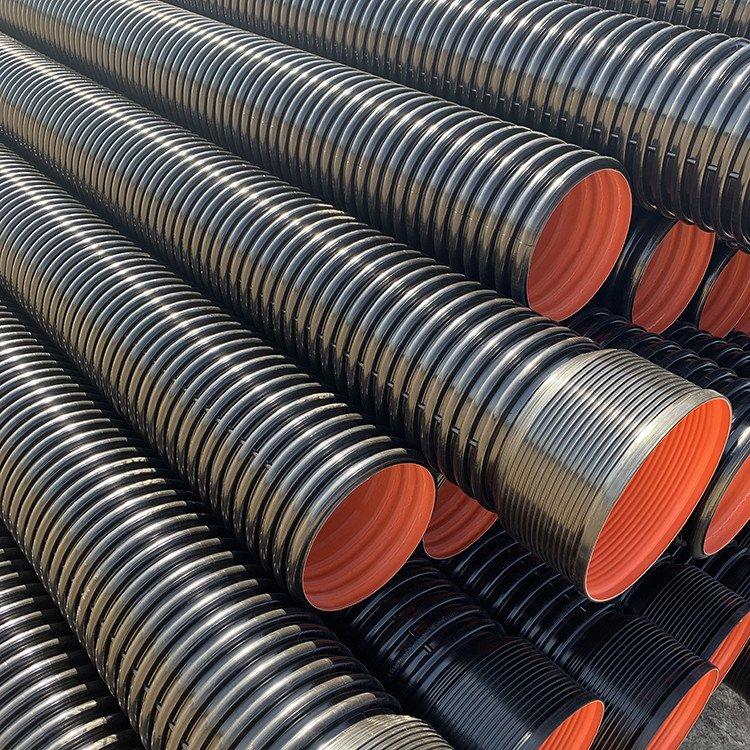Nov . 23, 2024 16:55 Back to list
ppr pipes factories
The Role of PPR Pipes in Modern Plumbing An Overview of Manufacturing and Applications
PPR (Polypropylene Random Copolymer) pipes have revolutionized the plumbing industry over the past few decades. Known for their durability, flexibility, and resistance to a wide range of environmental factors, PPR pipes are becoming the preferred choice for various applications in both residential and commercial construction. This article explores the manufacturing processes of PPR pipes, their advantages, and how factories are adapting to meet the growing demand for this innovative material.
Understanding PPR Pipes
PPR pipes are made from a type of polypropylene that has a random structure, allowing for improved flexibility and resistance to heat and pressure. They are characterized by their light weight, low thermal conductivity, and corrosion resistance, making them ideal for hot and cold water systems, heating installations, and industrial applications. Additionally, PPR pipes are known for being a cost-effective solution over their entire lifecycle.
Manufacturing Process of PPR Pipes
The production of PPR pipes involves several key steps
1. Raw Material Sourcing The primary raw material, polypropylene, is sourced from petrochemical companies. It is essential to use high-quality polymers to ensure the pipes meet the required standards of strength and flexibility.
2. Extrusion The initial step in manufacturing involves extruding the polypropylene pellets. The pellets are heated until they melt, and the molten plastic is then forced through a die to form a continuous pipe. This stage is crucial, as the process parameters like temperature and pressure significantly affect the final product's quality.
3. Cooling and Shaping Once extruded, the hot PPR pipes are rapidly cooled in a water bath, which helps to solidify their shape and maintain their structural integrity. The pipes are then cut to the desired lengths.
4. Quality Control Before distribution, the pipes must undergo rigorous testing. Factories perform various tests, including pressure testing, dimensional inspections, and thermal resistance tests, to ensure that each batch meets industry standards.
5. Packaging and Distribution Finally, once the pipes pass the quality checks, they are packaged appropriately for shipping. Manufacturers often provide detailed product information and installation guidelines to assist contractors and builders.
ppr pipes factories

Advantages of PPR Pipes
PPR pipes offer numerous benefits that make them appealing for various applications
- Durability With a lifespan of over 50 years, PPR pipes are resistant to corrosion, scale formation, and biological growth, making them ideal for long-term installations.
- Environmental Considerations PPR is a recyclable material, contributing to sustainability efforts in the construction industry. Factories often emphasize eco-friendly practices throughout their production processes.
- Cost-Effective The low installation and maintenance costs associated with PPR pipes make them a financially sound choice for homeowners and infrastructure projects alike.
- Versatility PPR pipes can be used in a wide range of applications, including potable water supply, irrigation systems, and even industrial liquids and gases.
The Future of PPR Pipe Manufacturing
As the demand for PPR pipes continues to grow, factories are investing in advanced technologies to streamline production and reduce environmental impact. Automation and innovation in manufacturing processes not only enhance efficiency but also improve product quality.
Moreover, the global push for sustainable building materials is leading to increased research into enhancing the properties of PPR pipes, such as developing new compounds that further resist heat and pressure. The growth of smart plumbing solutions and the integration of IoT into building systems also signal a bright future for PPR pipes within a connected infrastructure.
Conclusion
PPR pipes represent a significant advancement in plumbing technology, providing a reliable and efficient solution for various applications. With factories continually improving their production methods and emphasizing quality control, the future of PPR piping looks promising. As the construction industry shifts towards more sustainable practices, the enduring benefits of PPR pipes will ensure their place at the forefront of modern plumbing systems. In a world increasingly focused on durability, efficiency, and sustainability, PPR pipes stand out as a smart choice for builders and homeowners alike.
-
High-Quality PVC Borehole Pipes Durable & Versatile Pipe Solutions
NewsJul.08,2025
-
High-Quality PVC Perforated Pipes for Efficient Drainage Leading Manufacturers & Factories
NewsJul.08,2025
-
High-Quality PVC Borehole Pipes Durable Pipe Solutions by Leading Manufacturer
NewsJul.08,2025
-
High-Quality PVC Borehole Pipes Reliable PVC Pipe Manufacturer Solutions
NewsJul.07,2025
-
High-Quality UPVC Drain Pipes Durable HDPE & Drain Pipe Solutions
NewsJul.07,2025
-
High-Quality Conduit Pipes & HDPE Conduit Fittings Manufacturer Reliable Factory Supply
NewsJul.06,2025

